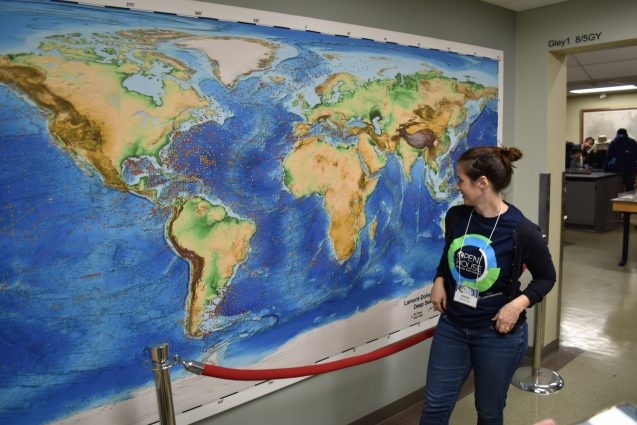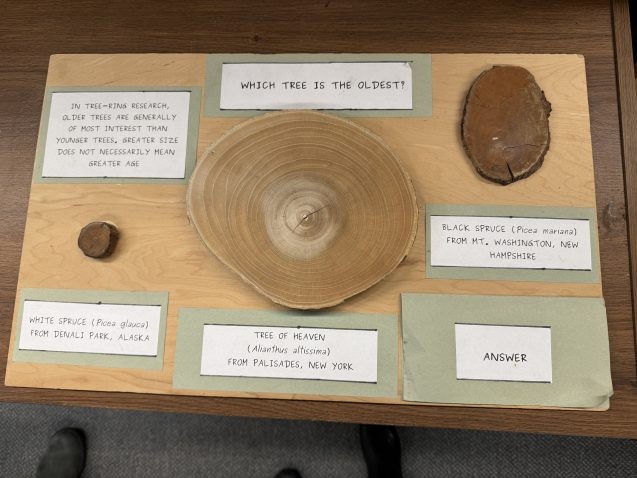Highlights from 2023's Open House at Lamont-Doherty Earth Observatory
Through interactive exhibits, games, glacier goo, and a few volcanic eruptions, people of all ages learned about geology, earth science, and climate change.
Last Saturday, October 14, almost 2,000 visitors braved the elements—pun intended—for a rainy Open House at Columbia University’s Lamont-Doherty Earth Observatory. It’s a yearly tradition that stretches back over half a century, and an opportunity for adults and children of all ages to learn about our planet. Lamont’s scientists share their research with the public via hands-on demonstrations, discussions and lectures, and interactive exhibits and videos. It’s a great place to get your hands dirty—and many kids did with the Oobleck-filled bathtub, sticky glacier goo, and a delicious “earth-cake” demonstrating how subduction zones lead to earthquakes and volcanic eruptions. There was also a soil-testing station, spooky glacier art, rocks from the bottom of the ocean and the surface of the moon, a rambunctious polar bear, and exploding volcanoes. Below are some highlights from a messy and wonderful time at Lamont this year.
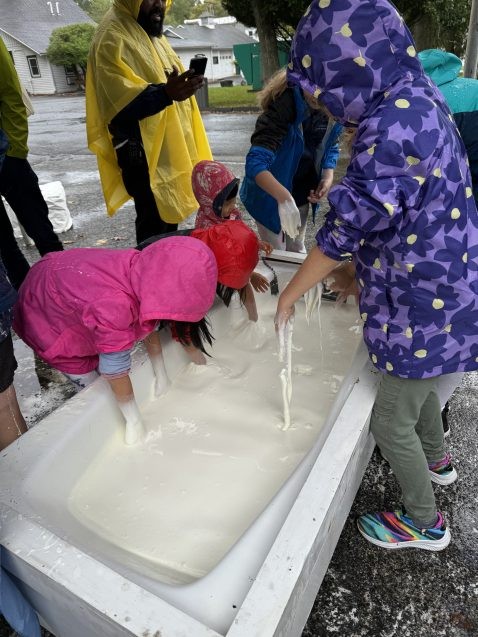

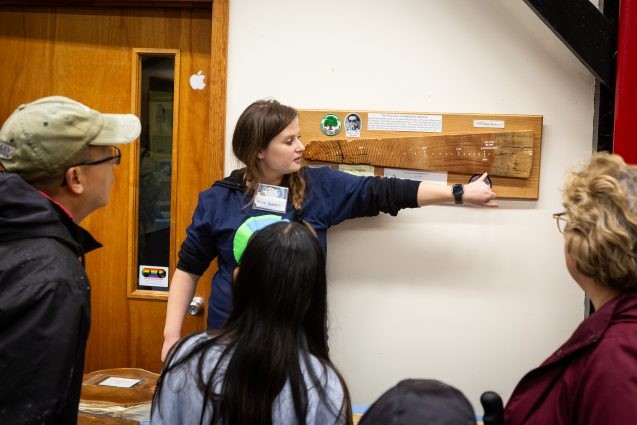
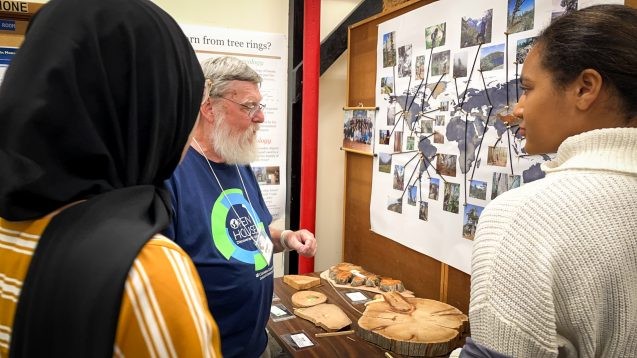
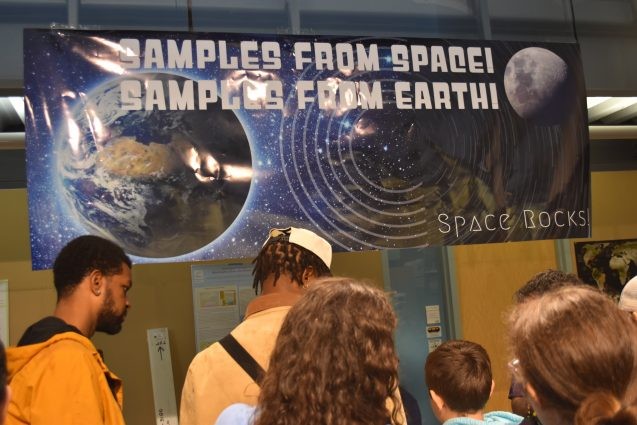
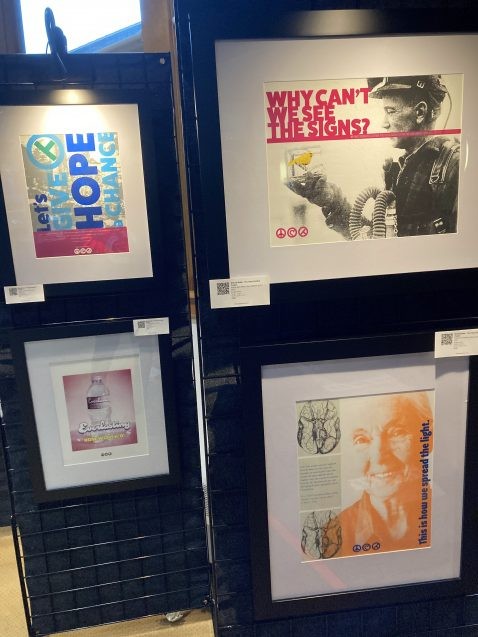

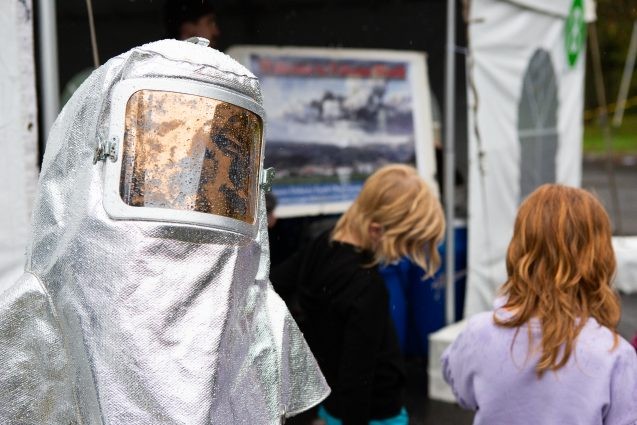
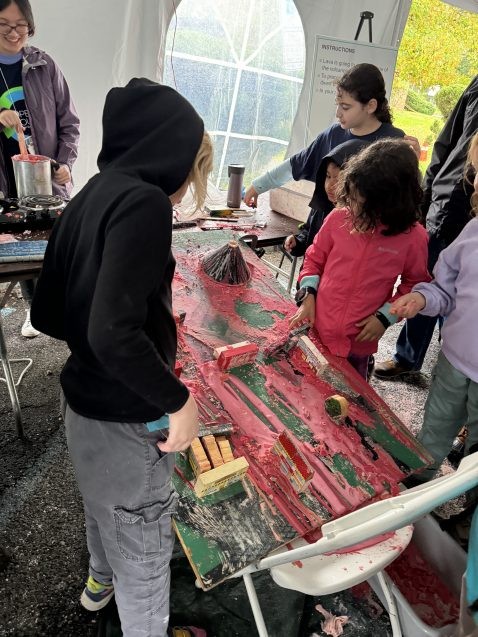
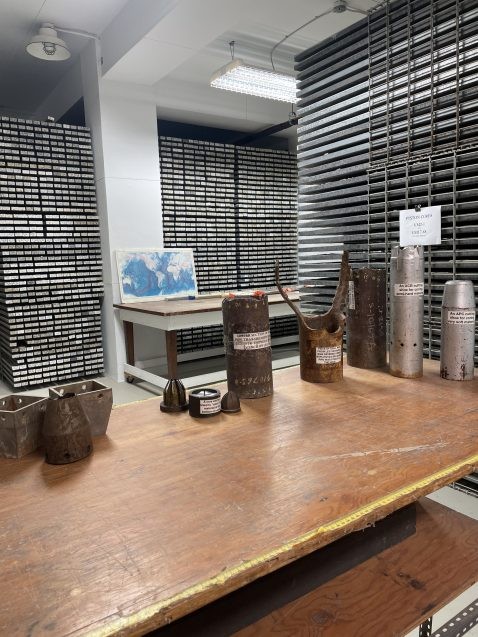
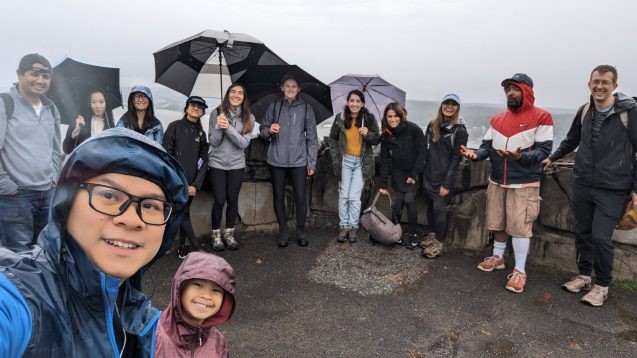
https://twitter.com/seabed2030/status/1714208423510728927
